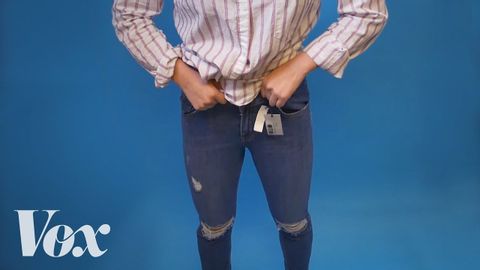
Phụ đề & từ vựng
Why women’s clothing sizes don’t make sense
00
Reduu đăng vào 2016 năm 10 tháng 15 ngàyYêu thích
Từ vựng video
mass
US /mæs/
・
UK /mæs/
- n. (c./u.)nghi lễ tôn giáo;đống, khối,;phần chính yếu;Quần chúng;Khối lượng
- v.t.Tập trung
B1 trung cấp
Thêm century
US /ˈsɛntʃəri/
・
UK /'sentʃərɪ/
- n. (c./u.)trăm năm, thế kỷ;một trăm điểm (trong cricket);một đội (trong quân đội La Mã cổ đại)
A1 sơ cấp
Thêm government
US /ˈɡʌvənmənt/
・
UK /ˈgʌvənmənt/
- n. (c./u.)chính phủ;hệ thống chính trị;sự quản lý, sự kiểm soát
A1 sơ cấpTOEIC
Thêm Dùng năng lượng
Mở khóa toàn bộ từ vựng
Mở khóa phát âm, giải thích và bộ lọc
